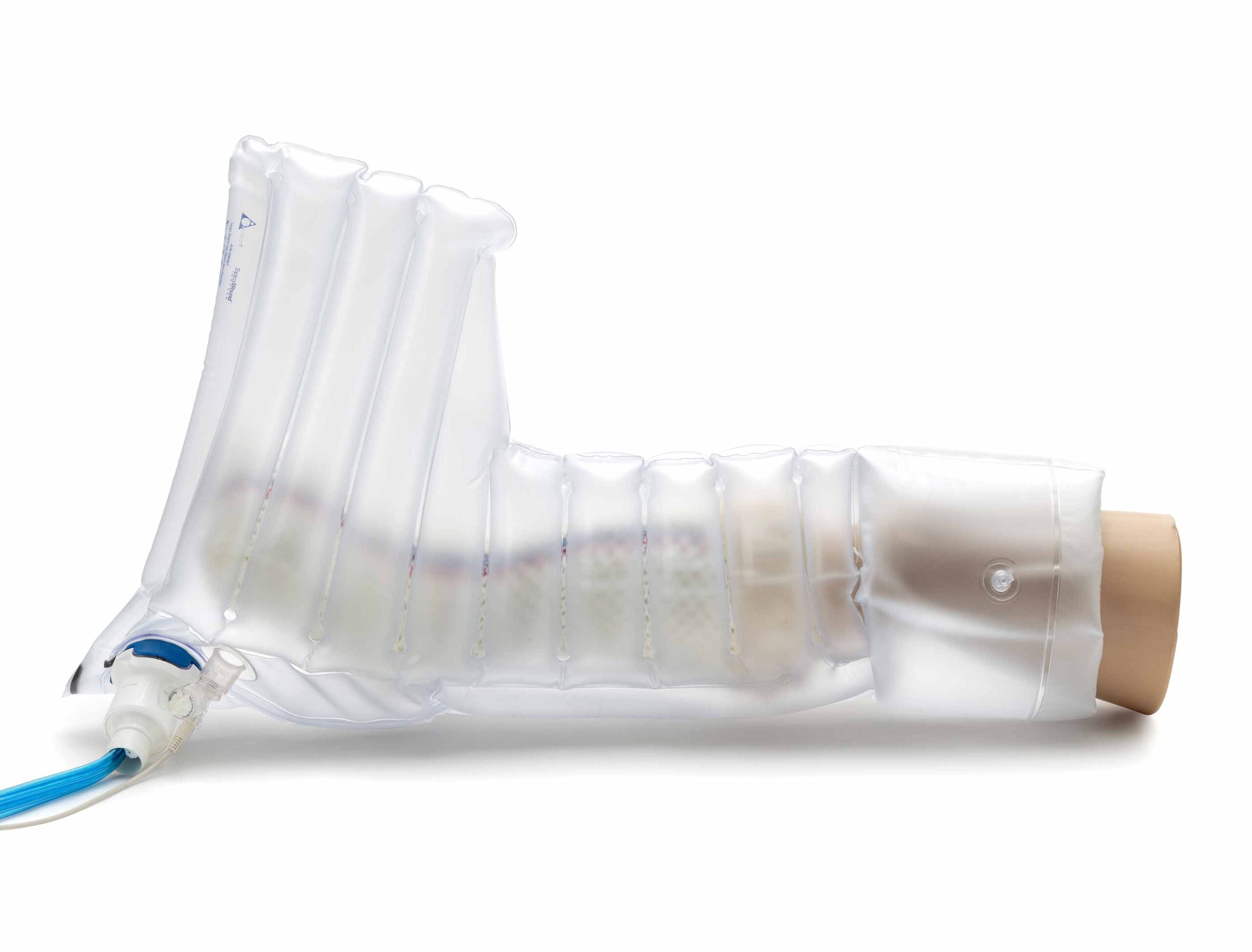
Amputations, particularly those involving the toes and lower limbs, are medical procedures aimed at removing a part or the entirety of a limb due to various health conditions. While these procedures are often necessary to save lives or enhance the quality of life, they also bring significant physical and emotional challenges for individuals undergoing them. This article explores the different types of toe and lower limb amputations, focusing on metatarsal and limb amputations, and sheds light on the implications and coping strategies associated with these procedures.
Toe amputation involves the removal of one or more toes, commonly performed to address severe infections, complications from diabetes, or traumatic injuries. The toes are crucial in maintaining balance and facilitating movement, so losing one or more can affect a person's gait and overall mobility. However, advancements in prosthetics and rehabilitation have improved the ability of individuals to adapt to such changes.
Causes of Toe Amputation:
Diabetes: Individuals with diabetes are at an increased risk of developing foot complications, including infections and poor circulation, which may necessitate toe amputation.
Traumatic Injuries: Accidents crush injuries, or severe trauma can result in irreparable damage to the toes, making amputation a necessary medical intervention.
Infections: Untreated infections, particularly in individuals with compromised immune systems, may spread to the toes, necessitating amputation to prevent further complications.
Metatarsal Amputation: The Best way to address conditions such as severe infections or tumors
Metatarsal amputation involves the removal of one or more metatarsal bones in the foot. The metatarsals are essential for weight-bearing and maintaining the structure of the foot. Amputations at this level are often performed to address conditions such as severe infections, tumors, or traumatic injuries that compromise the integrity of the foot.
Implications of Metatarsal Amputation:
Altered Gait: The removal of metatarsal bones can significantly impact an individual's gait and walking patterns, requiring rehabilitation and adjustment to maintain balance.
Prosthetic Challenges: The design and fitting of prosthetics become more complex with metatarsal amputations as the foot's natural structure is altered. However, advancements in prosthetic technology continue to address these challenges.
Lower Limb Amputation:
Lower limb amputation involves the removal of a portion or the entirety of the leg, often due to conditions such as peripheral artery disease, severe infections, or complications from trauma. This major surgical procedure has profound physical and psychological consequences for individuals, necessitating comprehensive care and support.
Psychological Impact:
Emotional Challenges: Coping with the loss of a lower limb can lead to emotional distress, depression, and anxiety. Support from mental health professionals and peer groups are crucial for emotional well-being.
Body Image Concerns: Individuals may experience body image and self-esteem challenges. Rehabilitation programs often incorporate counseling to address these concerns and promote self-acceptance.
Rehabilitation and Adaptation:
Prosthetic Advancements: Continuous developments in prosthetic technology enhance the functionality and comfort of artificial limbs, enabling individuals to regain mobility and independence.
Physical Therapy: Rehabilitation programs focus on strengthening muscles, improving balance, and enhancing overall mobility. Physical therapists play a crucial role in helping individuals adapt to life after limb amputation.
Conclusion:
Toe and lower limb amputations are complex medical procedures that profoundly impact individuals physically, emotionally, and psychologically. While the loss of a limb poses significant challenges, advancements in medical technology and rehabilitation have empowered many to lead fulfilling lives post-amputation. Support from healthcare professionals, rehabilitation specialists, and mental health providers are crucial in helping individuals navigate these procedures' physical and emotional aspects. By fostering a comprehensive approach to care, we can strive to improve the quality of life for those who have undergone toe and lower limb amputations.

No comments yet